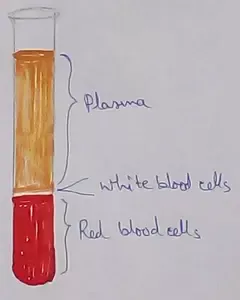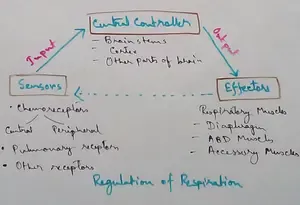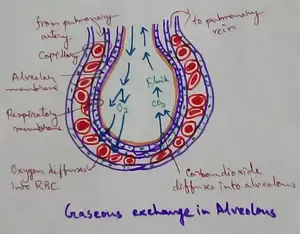Preserving Food
Due to excessive heat, heat, moisture, insect, bacteria, yeats and defective storage, the cooked food, fruits and vegetables are spoiled. If food is kept for a long time, germs start growing in it. The food starts rotting and the spoiled food looses flavor, taste and becomes unfit for eating. If food is kept in a refrigerator then the growth of germs slows down.
Sometimes cooked and uncooked foods are preserved to be used later. This is called food preservation.
Some common methods of food preservation are given below:
(i) Boiling and canning: We boil some of the food items. Boiling kills germs and thus, boiling makes the food germ-free. This germ-free food is stored in air-tight containers called cans. This method is called canning. The combined method of boiling and canning is widely used. For example, foods like meat, fish, syrup, soda water, liquid medicines, etc. are preserved by this method.
(ii) Storing at low temperature: Food kept in a cool place
remains fresh for a longer time. At home, we store cooked food, fruits,
vegetables, meat, eggs, cold-drinks, etc.
in a refrigerator. Deep freezers are used to store food for much longer
period. Often potatoes, vegetables and fruits are stored in a cold storage to
keep them fresh.
(iii) Drying and dehydrating: Germs do not grow in dry and dehydrated food. So if food is dehydrated and its water is completely removed, it can be preserved for many days. Dehydrated peas, condensed milk, etc. remain good for a long period.
(iv) Salting: Common salt is used in food preservation. Pickles are preserved by using salt and oil. Meat, fish, vegetables are also preserved in this way.
(v) Adding sugar: Food is also preserved in strong sugar-syrup. Jam, jelly, etc. are preserved in this way.
Storage of germs: Food-grains are spoiled by rats, insects and moisture. So they should be stored properly to keep them for a long time.
(a) Food-grains should be sun-dried first and then stored in air-tight containers.
(b) The stored food-grains should be free from insects. These grains should be placed in such a way that they may be saved from rats and insects.
From Preserving Food to HOME PAGE
Recent Articles
-
What Is Plasma? | Blood Plasma | Proteins | Nutrients | Cholesterol
Nov 07, 25 10:29 AM
Blood is a mobile fluid which is a connective tissue and is derived from the mesoderm like cell any other connective tissue. Colour of blood is reddish and that flows inside the blood vessels by means… -
Disorders of Respiratory System | Tuberculosis | Pleurisy | Emphysema
Oct 28, 25 11:39 PM
Tuberculosis is very common disease and is caused by a type of bacteria called Mycobacterium tuberculosis. This disease causes different trouble in the respiration and infection of several parts of th… -
Regulation of Respiration | Respiratory Centres | Inspiratory Area |
Oct 14, 25 12:13 AM
Respiratory Centre is the area that controls the rate of respiration and it is observed to be located in medulla oblongata and pons. Respiratory Centre has the following will dispersed components like… -
Explain Transport of Gases | External Respiration | Tissue Respiration
Oct 09, 25 11:35 PM
In humans gaseous exchange is completed in the following ways the steps are - External Respiration or Breathing - Breathing in false taking in of Oxygen and giving out of carbon dioxide in the body. M… -
Kind and Number of Teeth | Location of Teeth in Mouth | Care of Teeth
Sep 11, 25 12:52 AM
Kind and Number of Teeth





New! Comments
Have your say about what you just read! Leave me a comment in the box below.